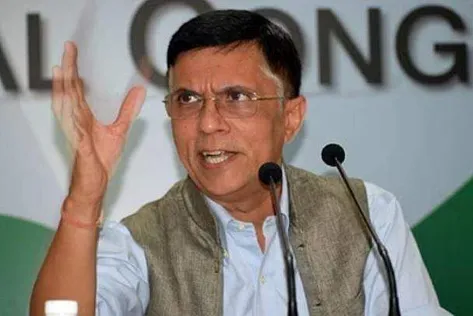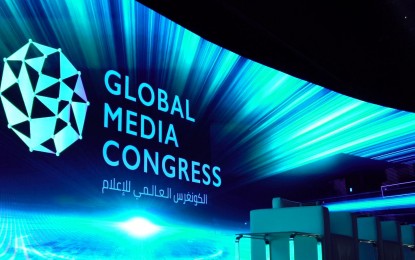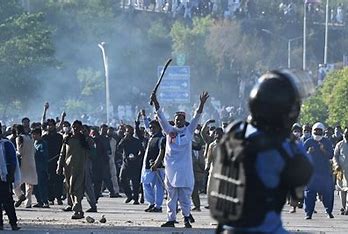
As Diwali illuminates the skies across India, the festive spirit is overshadowed by rising environmental concerns. A recent report from Airvoice, an air quality control startup, has revealed an alarming 875% increase in pollution levels due to firecracker use in various regions during the festival.
The study, which analyzed data from 180 air quality monitoring stations across 14 Indian states from 2017 to 2023, highlights a dramatic spike in air pollution, particularly in northern states. On Diwali night, levels of PM2.5, a harmful particulate matter, soared past National Ambient Air Quality Standards (NAAQS) limits by an astounding 875%, with the capital region suffering the most.
Interestingly, the report also indicates that air quality typically normalizes within 24 hours after the festivities, challenging the belief that Diwali pollution has long-lasting effects. Despite firecracker bans in cities like Delhi since 2017, PM2.5 levels on Diwali night in 2023 were still 100% higher than in years when firecrackers were allowed, calling into question the effectiveness of these bans.
While firecrackers contribute significantly to pollution, another major culprit is stubble burning, particularly prevalent in northern states like Punjab, Haryana, and Uttar Pradesh. Farmers burn paddy crop residues to clear fields for the upcoming wheat sowing season, resulting in thick smog that worsens air quality. The practice releases toxic pollutants, including carbon monoxide, methane, and carcinogenic compounds, into the atmosphere.
Stubble burning occurs during a short window between harvesting rice and sowing wheat, typically from late September to November. This method, while cost-effective for farmers, severely impacts air quality and soil fertility. Experts highlight that the combined effects of firecracker usage and stubble burning contribute to deteriorating air quality during and after the Diwali celebrations.
Col Ashwini K Channan, CEO of Airvoice India, emphasizes the importance of improving air quality monitoring and enforcement of regulations surrounding both firecrackers and stubble burning. He advocates for stricter measures to curb pollution while respecting cultural traditions. Additionally, the study suggests exploring eco-friendly celebration alternatives and enhanced public awareness to address the growing pollution crisis effectively.
As India grapples with these environmental challenges, it is crucial to strike a balance between celebrating cultural festivals and safeguarding air quality for future generations.















